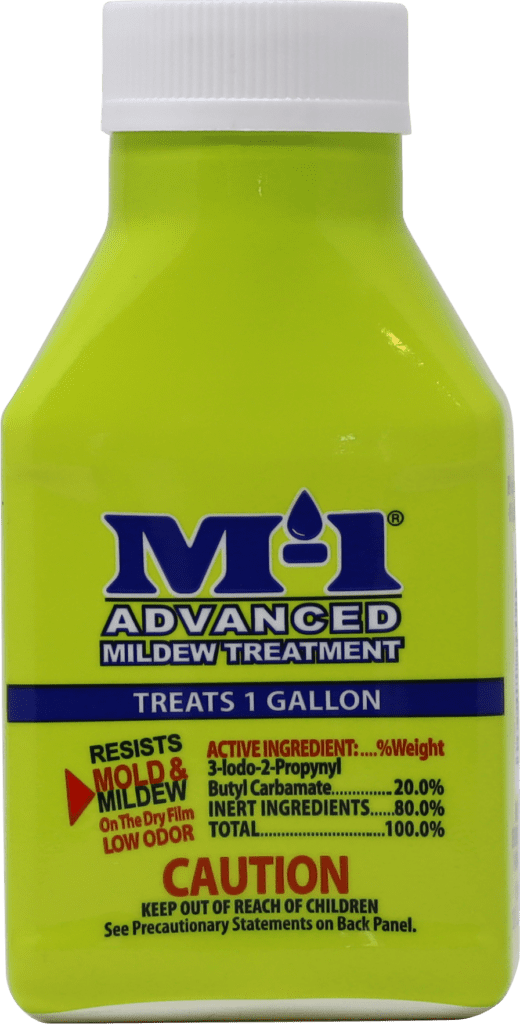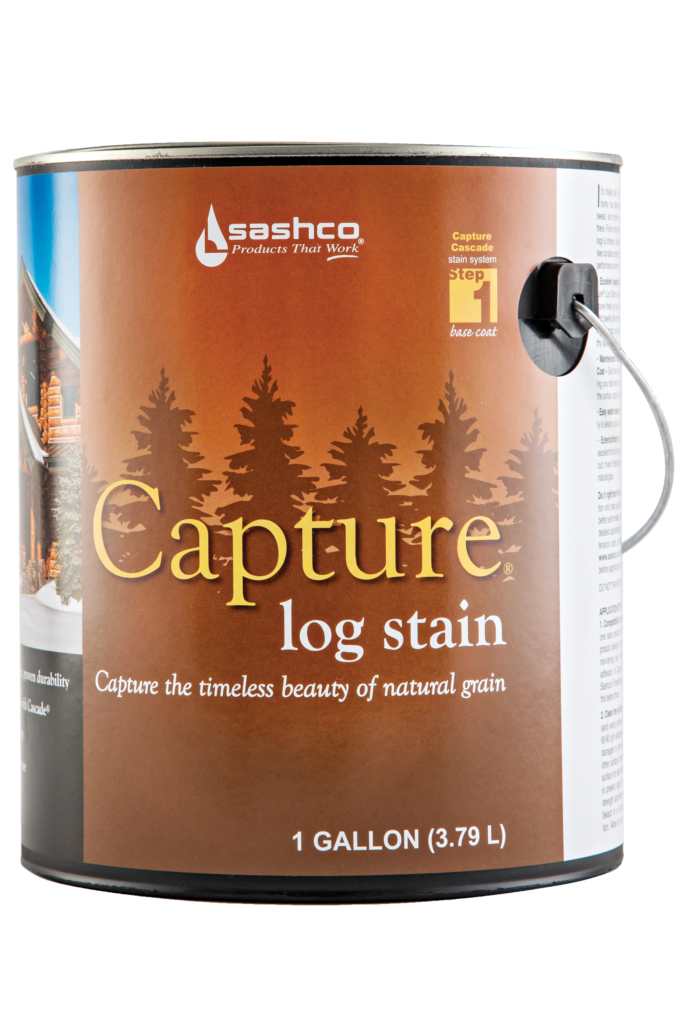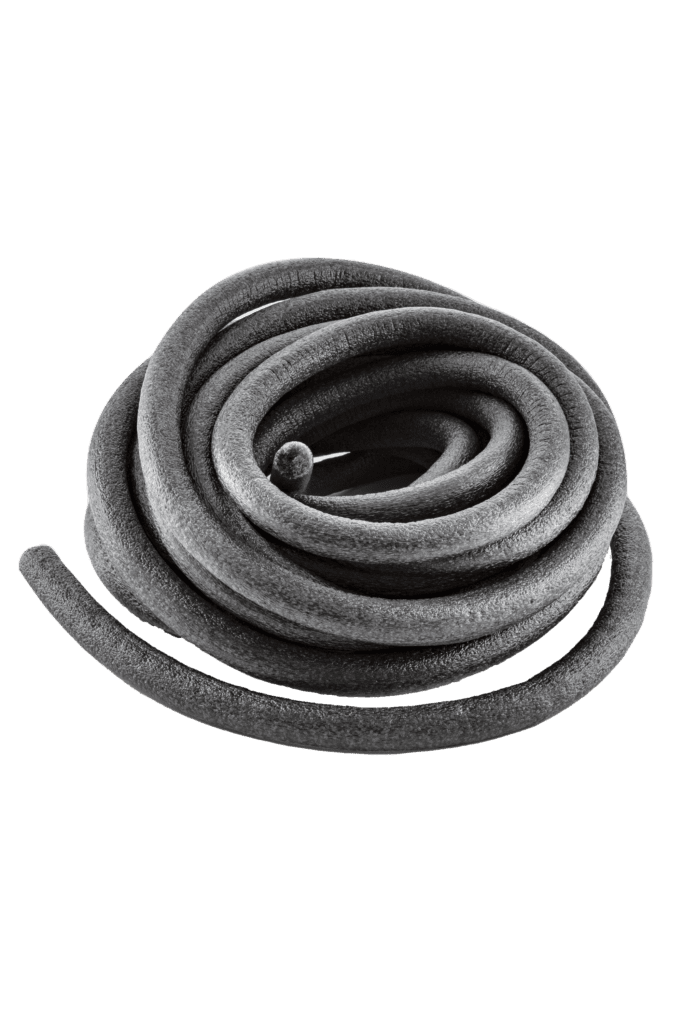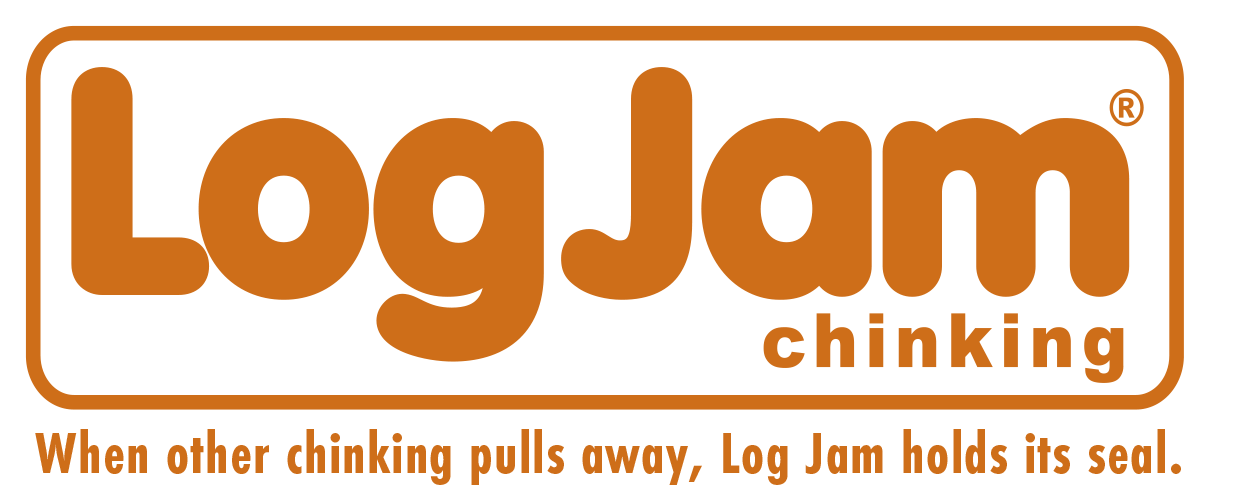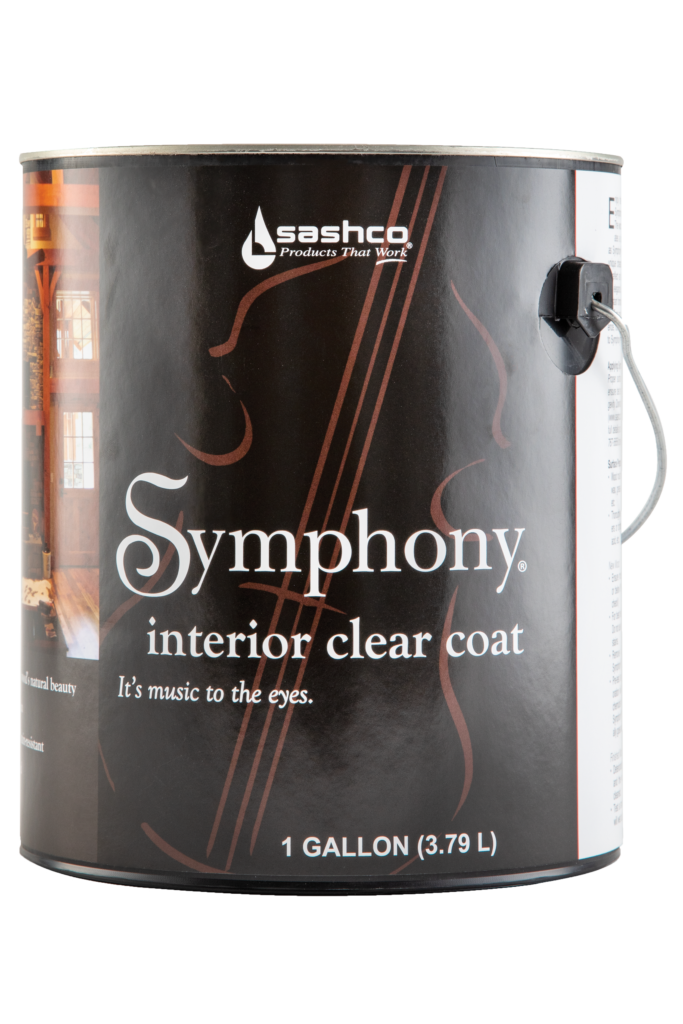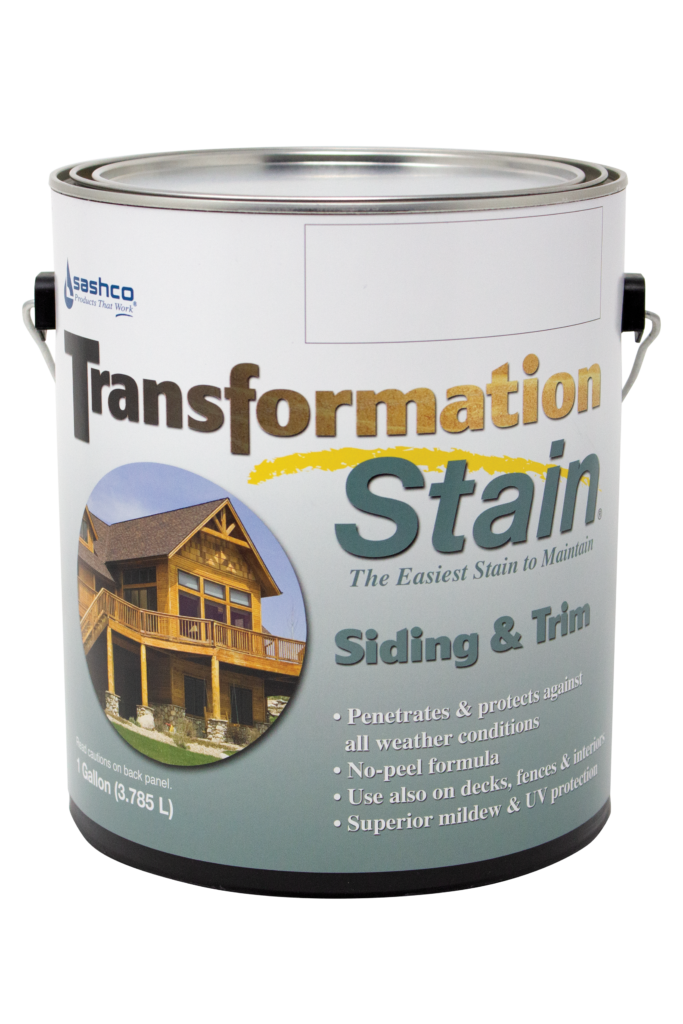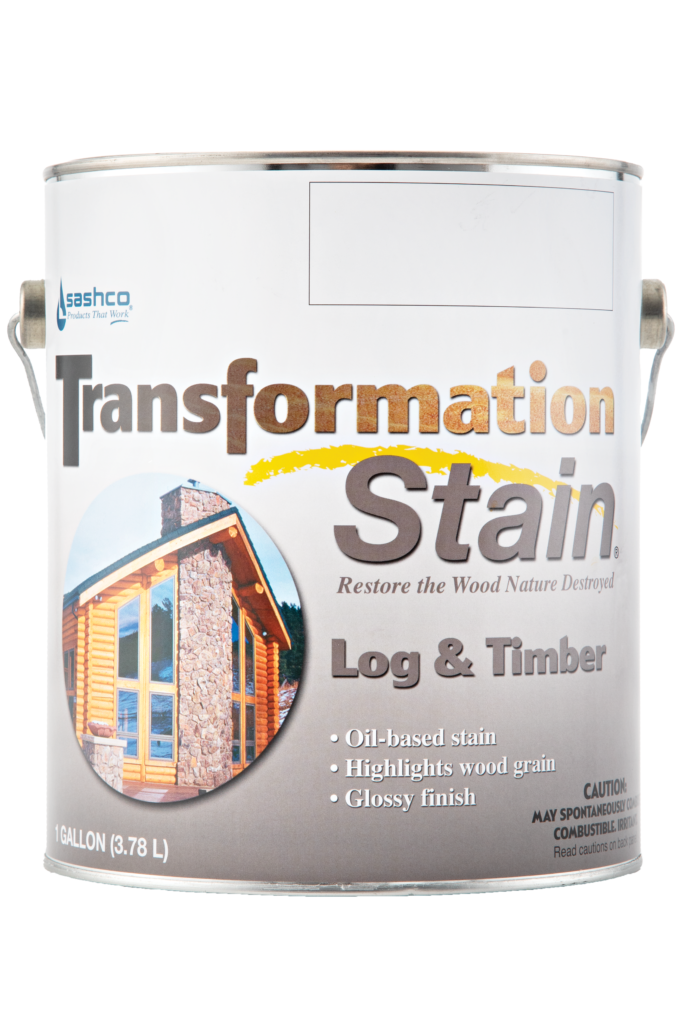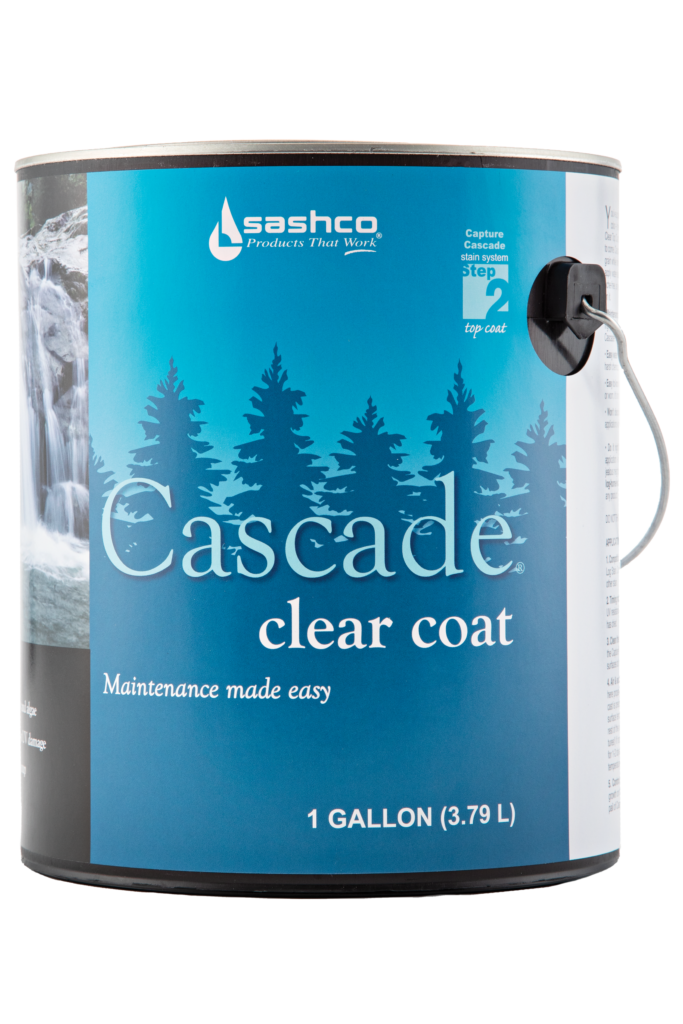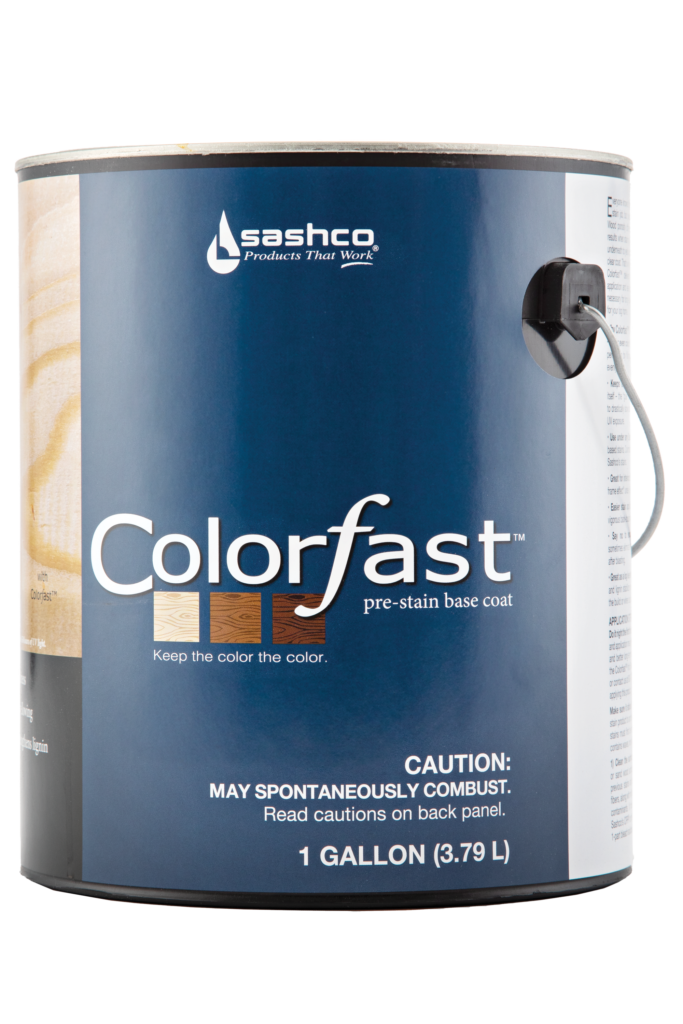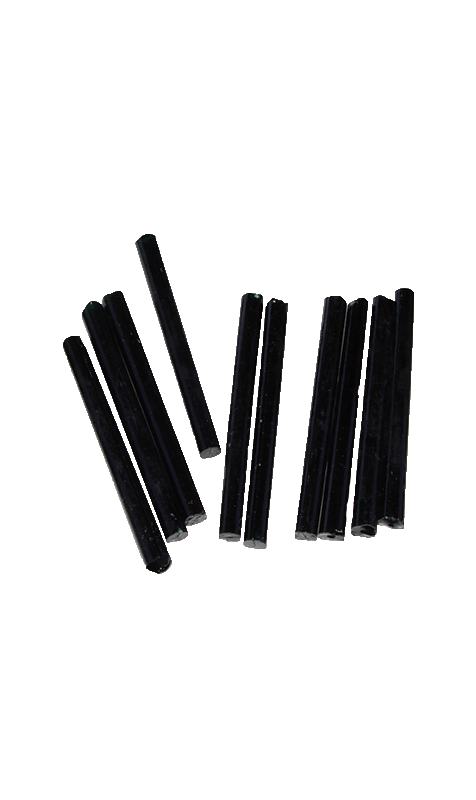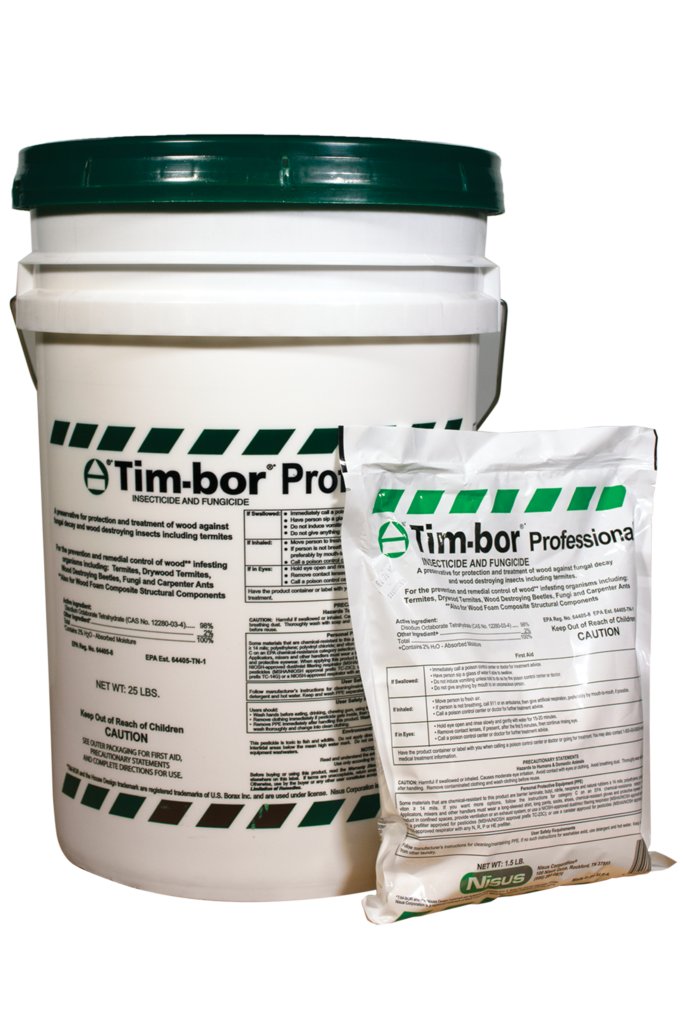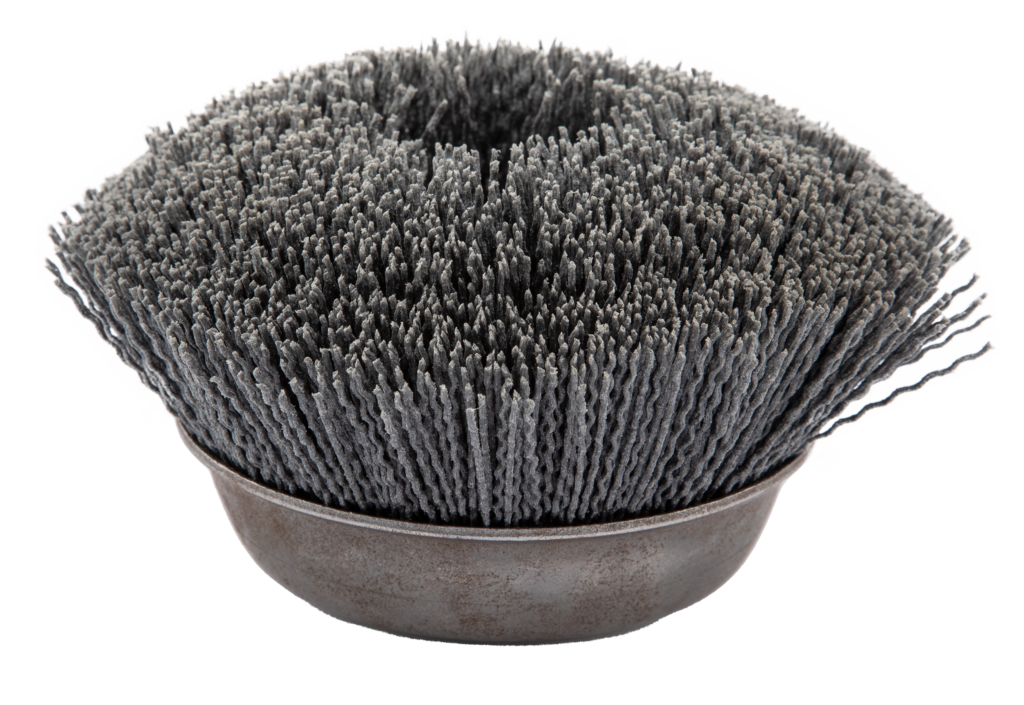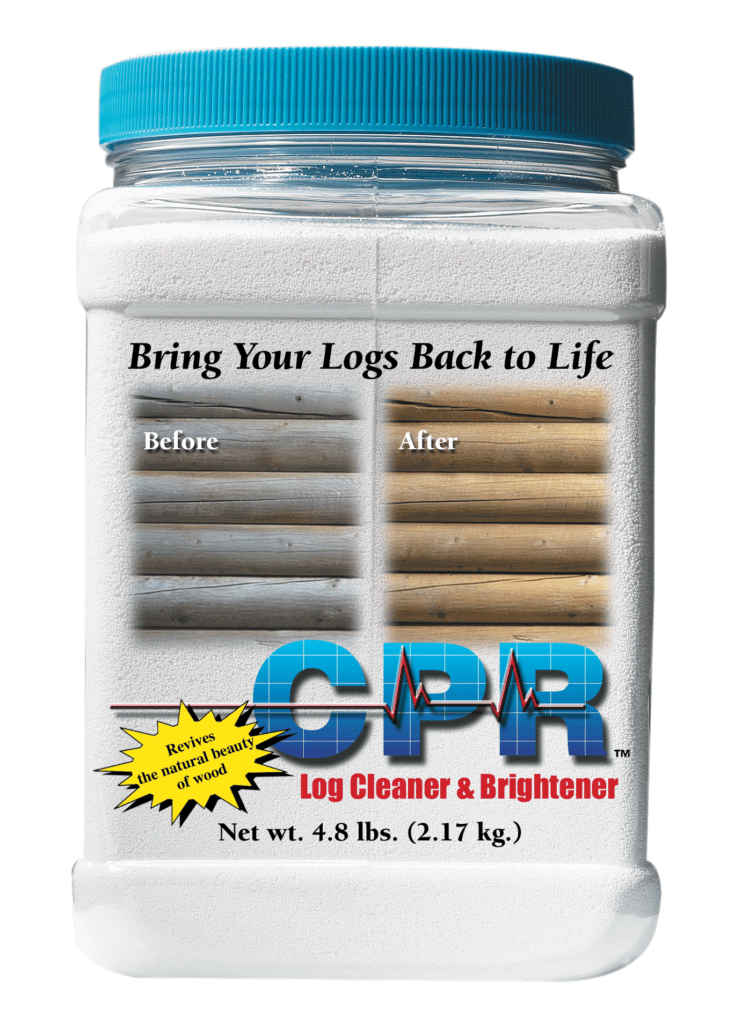How To Chink A Log Home
You want the old-time mortar look without the old-time mortar performance. (Cracks and air leaks, anyone?) Let us walk you through how to chink a log home, or repair old chinking on your older log home, to keep the air, bugs, and wet weather where it belongs – outside.
What You’ll Need

Log Jam® Chinking
Sashco has all the equipment you need to media blast your log or wood home to prepare it for the perfect staining job.
Step 1 – Gather tools
You’ll need:
- Log Jam® chinking
- Sashco Filler RopeTM, another backer rod, or clear packing tape
- Utility knife to open cartridges
- Caulking gun; or, if you’re doing a whole home, you might want a Sashco Snorkler® chink pump (link “Caulking gun” to caulk and chinking accessories page)
- Follow plate, if using a 5-gallon bucket
- Foam brushes or trowels for smoothing the chinking
- Spray bottle and small container of water for smoothing
- Denatured alcohol if chinking during hot temps (above 80⁰F)
- Damp rags for clean up
- Some flannel to help you feel very Daniel Boone-ish
Step 2 – Clean the Joints
If chinking for the first time:
- Make sure the logs are stained with a compatible finish. All of Sashco’s stains work with our chinking. (Link Sashco’s Stains to the “Products” page)
- Clean off any dust, pollen, bird poo, etc. The chinking needs to be applied to a clean surface in order to adhere properly and last for years to come.
If repairing or replacing old chinking:
- Remove any crumbling or cracked mortar. Mortar that’s still intact can stay as long as it looks good and there’s no rot under it.
- Sand down the joints to remove loose, unsound wood fibers. Those wood fibers will interfere with adhesion of other products (stains and chinking) that are applied.
- Stain the joints with a compatible finish. Again, all of Sashco’s stains work with our chinking. (We were thinking ahead!)
Step 3 – Insert Filler RopeTM or another bond breaker
Why? Because your chinking job will last longer and you’ll use less chinking. (We’re sure your hands and wallet will thank us.)
- In joints ½” deep or more, use Filler RopeTM, Grip StripTM, or another backer rod.
- In joints less than ½” deep or over top of existing mortar, use clear packing tape in the back of the joint.
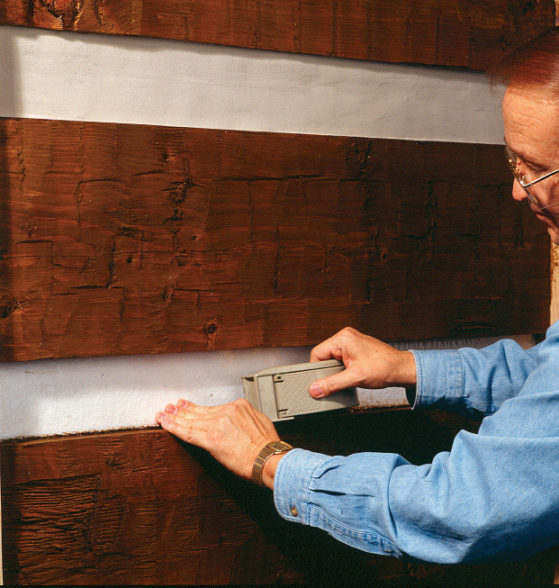
Step 4 – Applying the chinking
A steady hand is imperative, so lay off the caffeine for a bit. Apply no more than 2-3 feet at a time. On wider joints, apply 3 separate beads – one on either side of the joint, and one down the middle – or use a ribbon nozzle to apply one wide bead at a time.
Step 5 – Smooth (tool) the chinking
As you go along, use a damp foam brush or a spray bottle with a trowel to smooth (tool) the chinking. This ensures proper adhesion and long-term performance. Don’t apply too much at a time! You don’t want the chinking to skin over before you get a chance to smooth it. In hotter temps (above 80⁰), a 25% denatured alcohol/water mixture will help slow down the drying to give you more time to smooth the chinking.
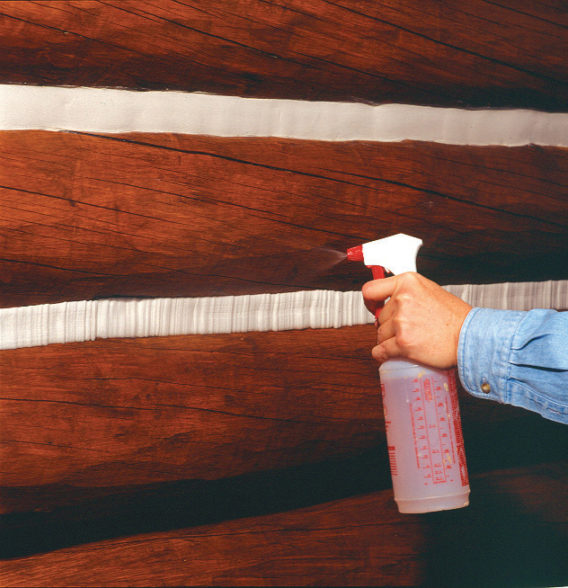
Step 6 – Clean up
Use soap and water to clean up skin and tools. Wipe up any milky run-off as you go along. Then, sit back, relax, and enjoy your work.
Special Tip
Yes, we said to stain first before applying chinking. Chinking, when smoothed, will create some milky run-off. This run-off will soak into unstained wood and create ugly lines underneath your stain. Avoid this and extra sanding work. Stain first.
